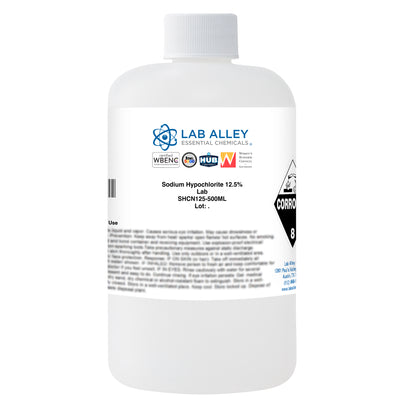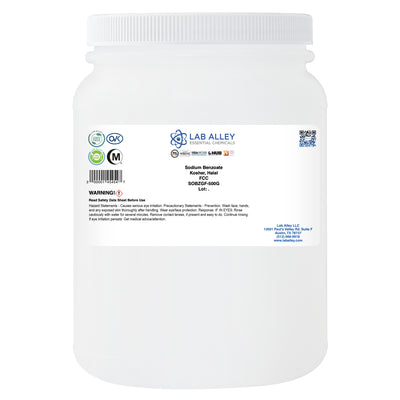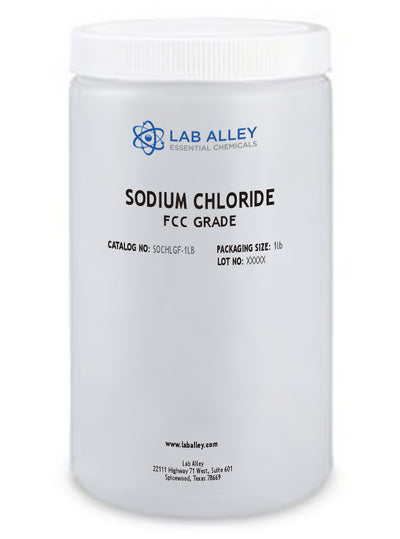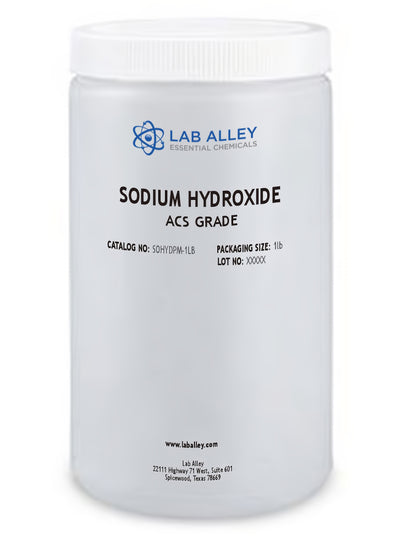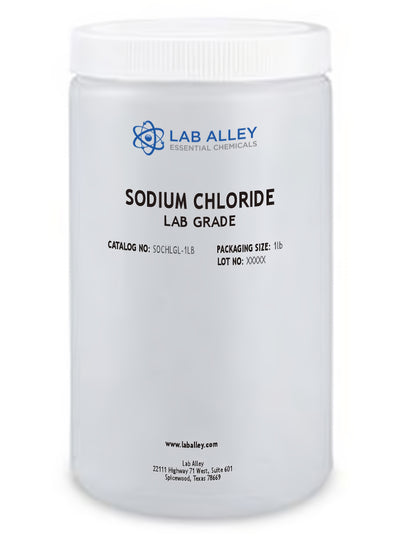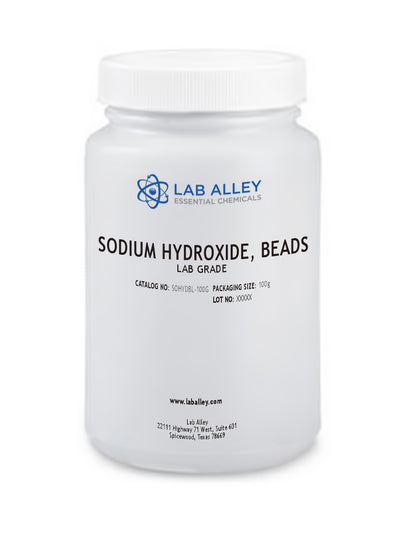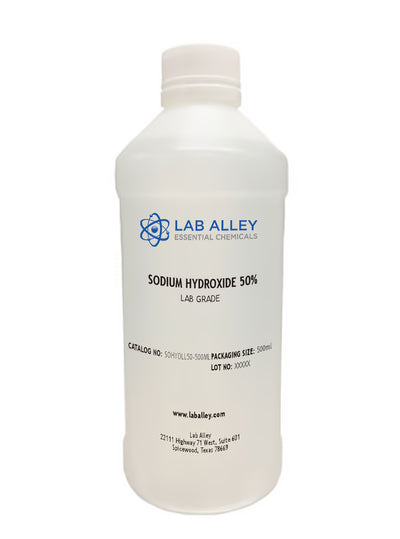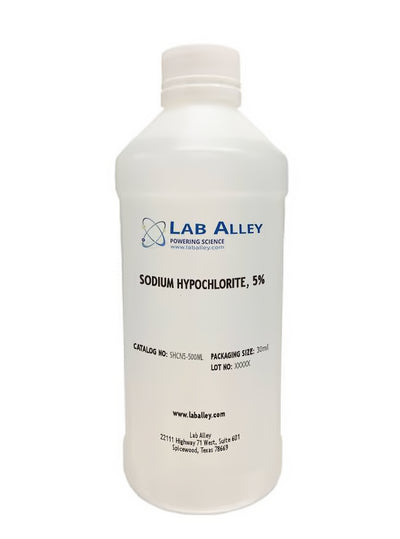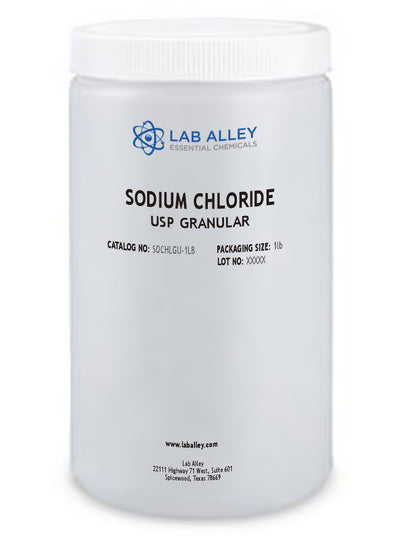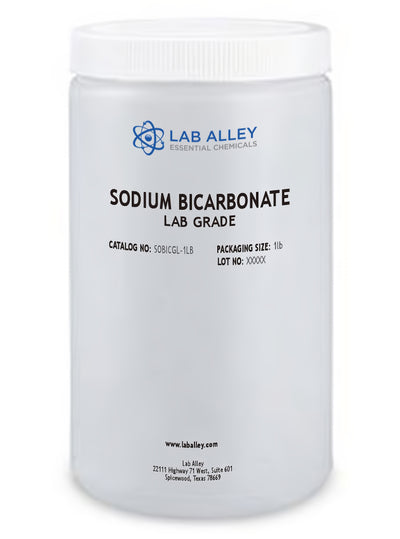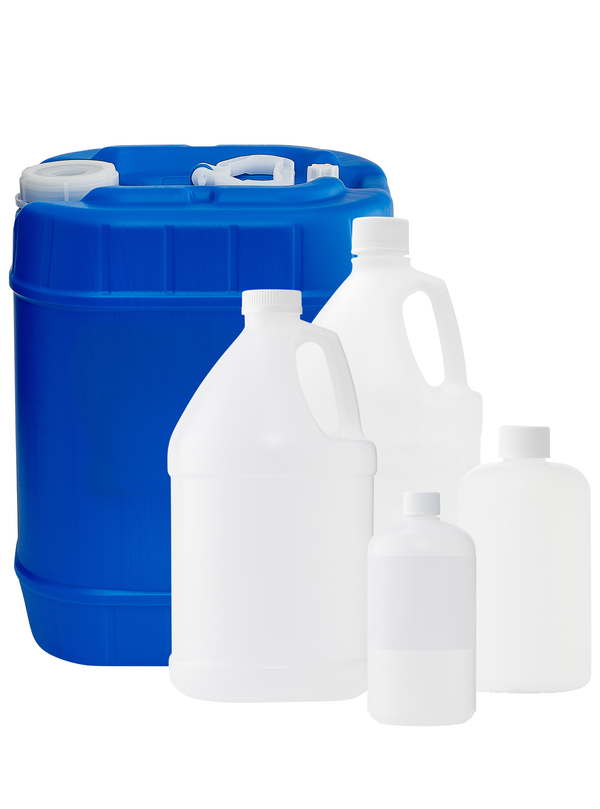
Business Support
Sodium Alginate FCC/Food Grade
For questions regarding lead time, please contact a member of our Customer Care Team at customercare@laballey.com
Business Support
Description
About Sodium Alginate FCC/Food Grade
Sodium Alginate is the sodium salt form of alginic acid and gum mainly extracted from the cell walls of brown algae, with chelating activity. Sodium alginate is used in reactive dye printing and as a thickener for reactive dyes in textile screen-printing.
Sodium Alginate is used to increase viscosity & as an emulsifier.
Sodium alginate (a food product derived from brown algae or seaweed) is a thickening and gelling agent that forms heat stable gels in the presence of calcium. This property allows cooks to make gelled spheres, in a technique known as spherification. Sodium alginate has been used in the food industry for many years for the production of gel-like foods – for example, the pimento stuffing in prepared cocktail olives. It is composed of long strands made up of carbohydrate units – these long stands allow it to act as a very efficient thickening agent at low concentrations (e.g. 1%). Gels formed from alginates have the amazing ability of withstanding heating to temperatures as high as 150ᵒC without melting, allowing them to be used in hot applications such as broths. When alginate is added to a liquid, it will act as a thickener. In the presence of calcium ions, a mixture containing alginate will form a gel. The calcium ions insert themselves between individual alginate strands and will allow them to interlock and form a gel.
PRODUCT INFORMATION
Customer Reviews and Q&A
Safety and Shipping
Please contact us to request a Safety Data Sheet (SDS) and Certificate of Analysis (COA) for Sodium Alginate, FCC.
Business Support
Built for Business.
At Lab Alley, we simplify procurement with custom quotes, credit applications, tax exemptions, and fulfillment support, ensuring on-budget, on-time delivery - your success is our priority.
Apply for Credit
A Lab Alley credit account streamlines purchasing for your business. Our Customer Success Team is available to help you through every step of the process.
Request a Custom Quote
Get a fast, customized quote tailored to your specific needs. Our team ensures accurate pricing and availability to help streamline your purchasing process.

Additional Business Resources
Lab Alley provides access to essential certifications, documents, and other resources to support your business.
Product Manuals
Certificates of Analysis

Create a Lab Alley Account

RECEIVE exclusive offers, promotions, and discounts on chemicals.

Always have the product you need, when you need it with our AUTOSHIP program.


